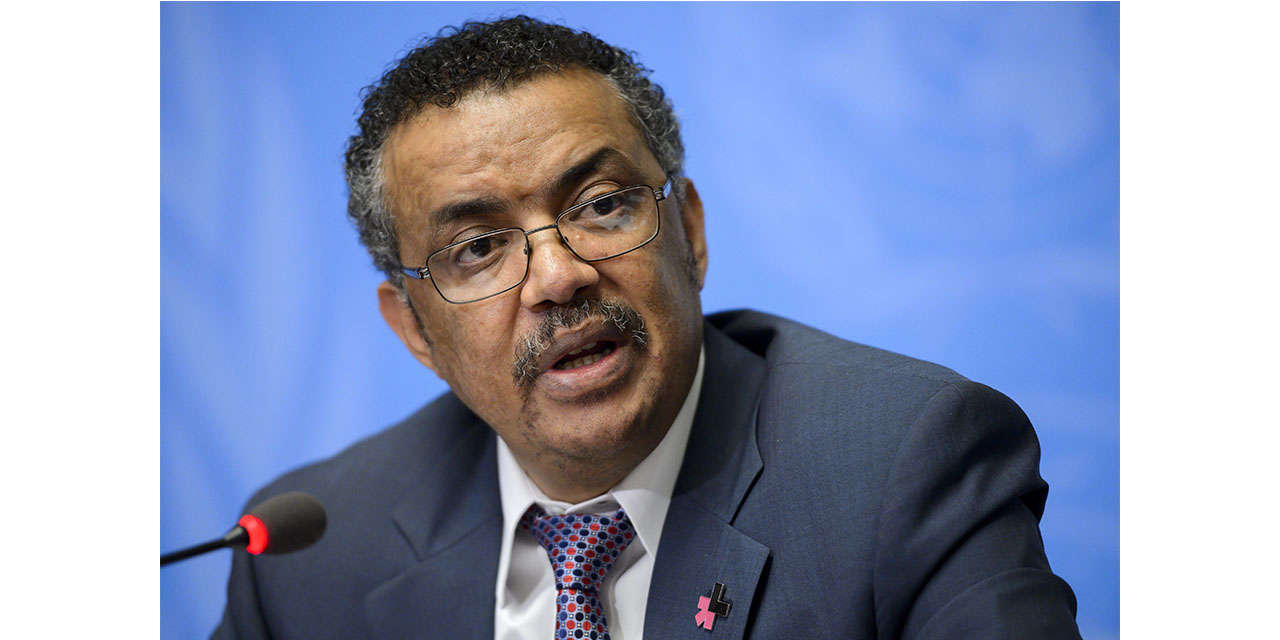Niël Terblanché
For the first time in three years, Namibia welcomed a large group of tourists that arrived from China on Friday evening.
The 20 tourists who departed from Hangzhou city in south-eastern China made their first stop in neighbouring Zimbabwe, where they visited Victoria Falls, before travelling to Namibia.
The visit by Chinese tourists follows a little more than a month after the World Health Organisation (WHO) declared an end to the public health emergency of international concern. In short, it meant that COVID-19 was no longer a pandemic.
Dr Tedros Adhanom Ghebreyesus, the head of the WHO, in statements to various international media outlets, said the virus’ death rate had dropped from a global peak of more than 100 000 people per week in January 2021 to just over 3 500 on 24 April 2023.
At the time of the announcement, Ghebreyesus said that the Emergency Committee of the WHO met for the 15th time and recommended to him that he could declare an end to the public health emergency of international concern.
“I’ve accepted that advice. It is therefore with great hope that I declare that COVID-19 as a global health emergency is a thing of the past,” Dr Ghebreyesus said.
The World Health Organization first declared Covid-19 to be a public health emergency of international concern (PHEIC) in January 2020 and this step signalled the need for coordinated global action to protect people from the virus.
Ghebreyesus said it will now be up to individual countries to continue managing COVID-19 in the way they think best.
The visit to Namibia by a group of Chinese tourists for the first time in three years is indicative of the expected growth of the country’s tourism sector.
Recent data from Simonis Storm Securities showed that foreign arrivals in the last 12 months account for approximately 82 percent of pre-pandemic levels.
According to the research, the tourism sector has also recorded significant increases in occupancy rates across the board.
The report indicated that the number of foreign arrivals averaged 11 431 per month during the first two months of 2023, compared to a monthly average of 5 223 in the first two months of 2022.
“The tourist inflows still look promising and set for further growth in 2023. Foreign arrivals increased by 107 percent year on year in February 2023. Foreign arrivals in the last 12 months account for about 82 percent of pre-pandemic levels, implying that most of the recovery has been achieved, whereas regional arrivals have reached about 79 percent of pre-pandemic levels,” Theo Klein, an economist at the firms said.
In March 2023, the occupancy rate across nationwide hospitality establishments stood at 40.7 percent, compared to 31.7 percent recorded in the prior month and 39.4 percent in March 2022.
“The occupancy rate averaged 36.5 percent in 1Q2023, compared to an average of 46.1 percent in the previous quarter. Nonetheless, this is the best first-quarter occupancy rate since the onset of the pandemic, so the local tourism sector is off to a good start in the new year,” he said.
According to the report, occupancy rates are set to rise well into the third quarter of the year, following the pre-pandemic trend.
Klein noted that leisure tourism remains the primary driver of tourism, accounting for 91.9 percent of visitors in March 2023, while business travellers accounted for 6.3 percent and conference attendees accounted for 1.8 percent.
The study found that the majority of foreign visitors came from Germany, Austria, Switzerland and South Africa.
According to china.org, the Chinese tourists will be hosted by Way-Way Travel Namibia and they will visit Namibia’s Etosha National Park, the quiver tree forest, Sossusvlei as well as the coastal area of Walvis Bay and Swakopmund during their week-long visit.




